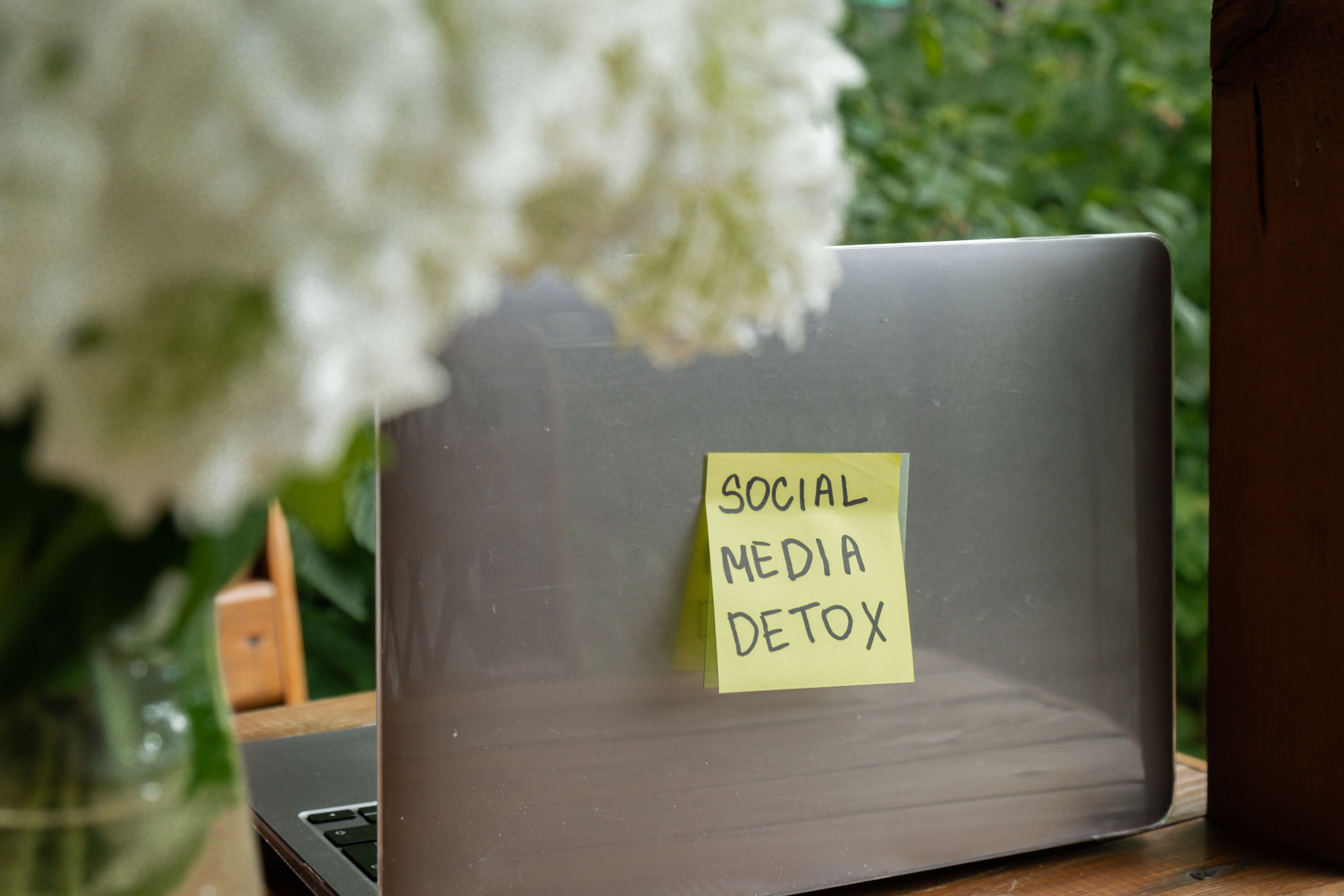10 Fun Ways to Break Free from Endless Screen Time
In today's hyper-connected world, screens have become an integral part of our daily lives, from smartphones and tablets to laptops and televisions. While technology has undeniably enhanced our ability to communicate, learn, and entertain ourselves, it has also introduced a new set of challenges. Many individuals find themselves trapped in a cycle of endless screen time, leading to issues such as digital fatigue, decreased productivity, and even mental health concerns. This article explores 10 surprising tactics for breaking free from the grips of endless screens, offering practical solutions for reclaiming time, improving well-being, and rediscovering the joys of the offline world. By understanding the underlying factors that contribute to screen addiction and identifying practical solutions, we can foster a more mindful and intentional approach to technology use.
1. Digital Detox Retreats - Escaping the Digital Overload

One of the most effective ways to break free from endless screens is by participating in a digital detox retreat. These retreats offer a structured environment where individuals can disconnect from their devices and immerse themselves in nature, mindfulness, and face-to-face interactions. By removing the constant barrage of notifications and digital distractions, participants can focus on self-reflection, relaxation, and personal growth. Digital detox retreats often include activities such as yoga, meditation, and group discussions, providing a holistic approach to rejuvenation. The benefits of digital detox retreats extend beyond the immediate experience. Participants often report increased mental clarity, improved sleep patterns, and a renewed sense of purpose upon returning to their daily lives. By stepping away from screens and engaging in meaningful activities, individuals can gain a fresh perspective on their relationship with technology. This newfound awareness can lead to more intentional screen use and a healthier balance between online and offline activities. Digital detox retreats serve as a powerful reminder of the importance of unplugging and reconnecting with the world around us.
2. Mindful Technology Use - Cultivating Conscious Consumption

Mindful technology use is a practice that encourages individuals to be more intentional about their screen time. This approach involves setting clear boundaries and developing a deeper awareness of how technology impacts one's life. By practicing mindfulness, individuals can identify the triggers that lead to excessive screen use and implement strategies to address them. Techniques such as setting specific time limits for social media, disabling non-essential notifications, and designating tech-free zones in the home can help create a more balanced digital environment. Mindfulness also involves being present in the moment and fully engaging with offline activities. By prioritizing face-to-face interactions and dedicating time to hobbies and interests that do not involve screens, individuals can cultivate a richer, more fulfilling life. Mindful technology use is not about eliminating screens altogether but rather about finding a harmonious balance that enhances well-being. This practice empowers individuals to take control of their digital habits and make conscious choices that align with their values and goals.
